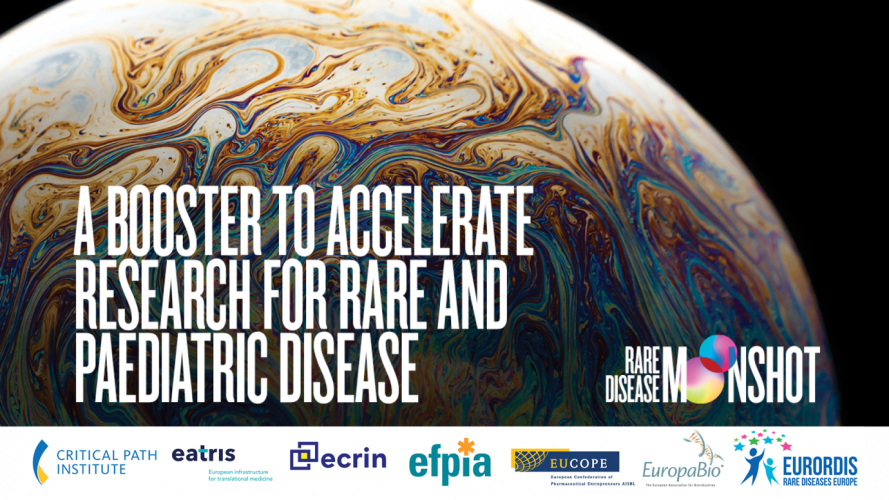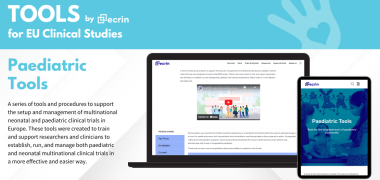‘Rare Disease Moonshot’ – Scaling-up public-private partnerships to accelerate research into world’s rarest diseases

95% of the 6,000-7,000 identified rare diseases don’t have an approved therapy. For most of these diseases, research is effectively non-existent. The search for new treatments is thwarted by enormous scientific challenges. At the current pace, it would take over 100 years to develop treatments for all rare conditions.
Now is the time to change the outlook for adults and children living with rare disease, forever. It is time to come together to create a step change in progress, making the discovery and development of new treatments faster than ever before. We want to make the impossible, possible for people living with rare and childhood diseases.
That’s why a coalition of partners is joining forces to accelerate scientific discovery and drug development in rare and paediatric diseases for which currently there is no therapeutic option. By fostering greater collaboration and improving the sharing of data and knowledge, we can help change the lives of many thousands of people.
Building on decades of scientific advances
Over the past decades, innovation has moved forwards by leaps and bounds, with the emergence of new technologies like cell-editing and gene therapies. Between 2000 and 2021, more than 200 new orphan medicines were approved by the EMA, addressing the needs of up to 6.3 million rare disease patients.
But there is so much more we can do. Despite the progress, significant unmet medical needs remain for patients with rare and paediatric diseases and tackling them calls for all actors to work together.
Innovation through collaboration: scaling up solutions to accelerate progress
What if we had a Boston-like ecosystem in Europe to ensure patients could get access to the latest innovations? A network of excellence with infrastructure and expertise could attract, retain and accelerate development programmes to boost rare disease and paediatric innovation in Europe.
By coming together, we can accelerate clinical development of new solutions for adults and children living with rare conditions by developing novel clinical trials designs, enhancing data infrastructures and trial networks and defining processes adapted to very small populations.
Public-private partnerships could help pool resources to solve problems more quickly, reduce fragmentation and scale up existing initiatives to make a real difference for patients. A coalition of partners will bring together an ecosystem of rare disease research to explore opportunities for collaboration and support a range of public private partnerships to
- ENHANCE the translational research ecosystem to fill the research pipelines with new therapeutic options,
- OPTIMISE clinical trials and regulatory pathways for very small patient populations to de-risk and optimise development
- DEVELOP infrastructure to accelerate the journey to diagnosis and treatment
Millions of Europeans are living with rare diseases where no treatment option exists. They can’t wait 100 years. It’s time to take the moonshot.
With this initiative, we confirm our commitment to addressing challenges highlighted in the Pharmaceutical Strategy debate and use this once-in-a-generation momentum to ensure that Europe benefits from the cutting-edge medical science, responds quickly to patients’ needs and remains a global leader in biopharmaceutical innovation for rare and paediatric diseases





